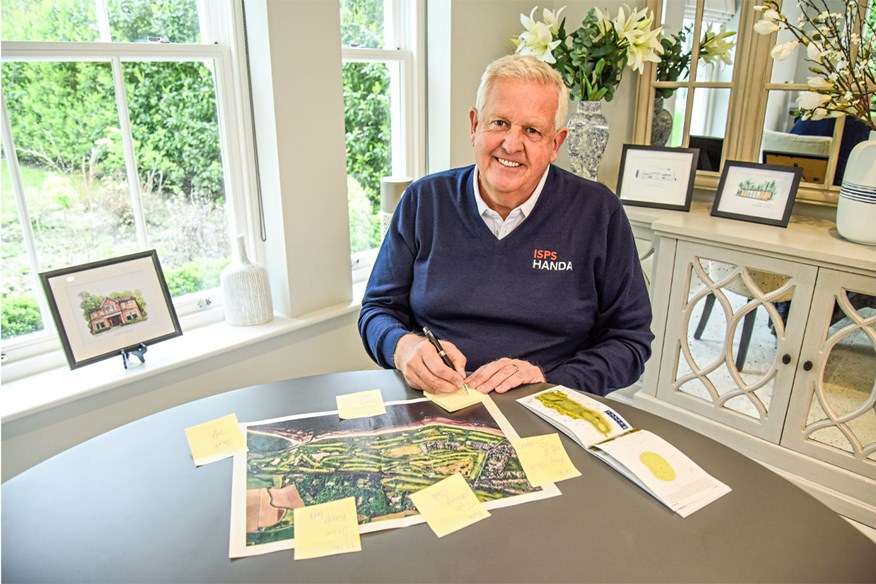British Open 2024 Course Guide: Royal Troon member Colin Montgomerie’s hole-by-hole guide
Last updated:
Royal Troon’s most famous member, Colin Montgomerie, gives a hole-by-hole account of how to get to grips with this year’s British Open course.
For our 2024 British Open Royal Troon course guide, we enlisted the help of Colin Montgomerie, a man who knows the place better than perhaps anyone else.
Growing up five doors down from Royal Troon, Colin Montgomerie used to watch golfers teeing off from an upstairs window of his childhood home. For years, he would cycle up South Beach Road to play the children’s course, and later the ladies’ course, known as The Portland, with his brother and parents in tow.
Rules and regulations at the time meant he wasn’t allowed to play the Championship Course until he turned 18, though Montgomerie says he has more than made up for that now. It helped that his father, James, served as the club’s secretary for many years and presented him with an honorary membership in 1996. A year later he played in The Open Championship at Troon, a feat he would repeat in 2004, and again in 2016, where he was given the honour of hitting the opening tee shot.
With this in mind, we presented him with an aerial photo of Royal Troon at his home in Sunningdale and asked if he would be willing to share everything there is to know about a course he still calls home. Ninety minutes later, we had the best British Open Royal Troon course guide you could ever hope for…
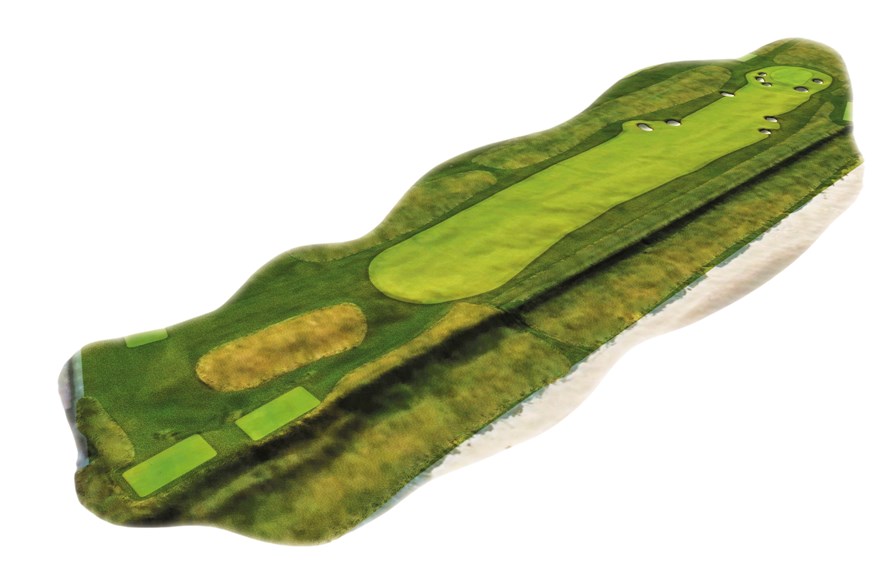
Hole 1: Seal
366 yards | Par 4 | Scoring average: 4.017 (12th hardest)
With the prevailing wind, it’s got to be the easiest front nine in championship golf. And really, your score has to be made on the opening stretch, starting here. A birdie is definitely in the offing as long as you avoid the bunker front-left at 320 yards and a new one on the right at 300 yards.
If someone like Rory gets the right kick with his drive, he’s on the green. And even if you’re in one of the five sand traps covering that front half, it’s not a bad miss. There is always a risk of blocking your tee shot right on the beach, but as opening holes go, you’re not talking about a Royal Birkdale or Carnoustie. This is a very tame start.
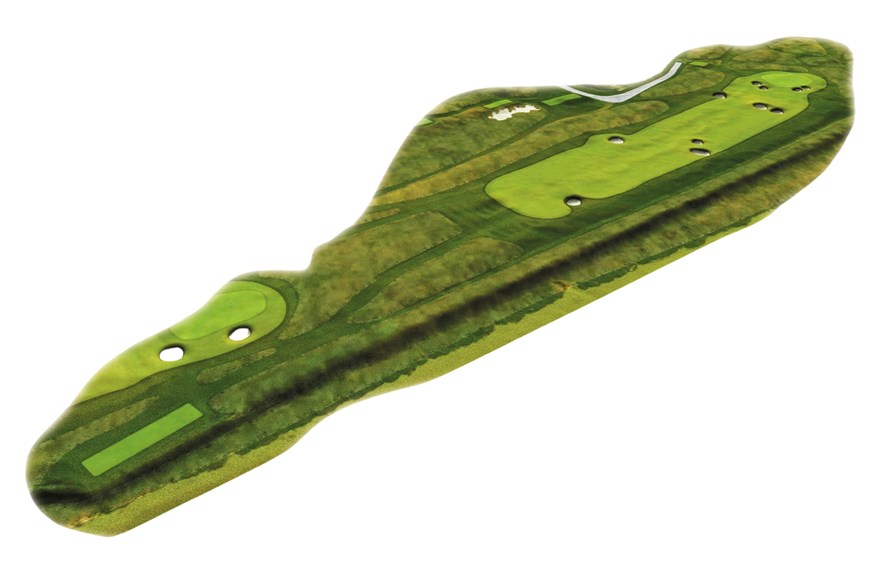
Hole 2: Black Rock
389 yards | Par 4 | Scoring average: 4.129 (10th)
This is really quite similar to the 1st. There are cross bunkers at about 340 yards which will stop the big hitters. Most will be laying up, possibly with a 3-wood, and then hitting a wedge into a pretty benign green with four bunkers coming 20 yards up. The pins will be tight to those bunkers, no question. The R&A will try to protect the front nine.
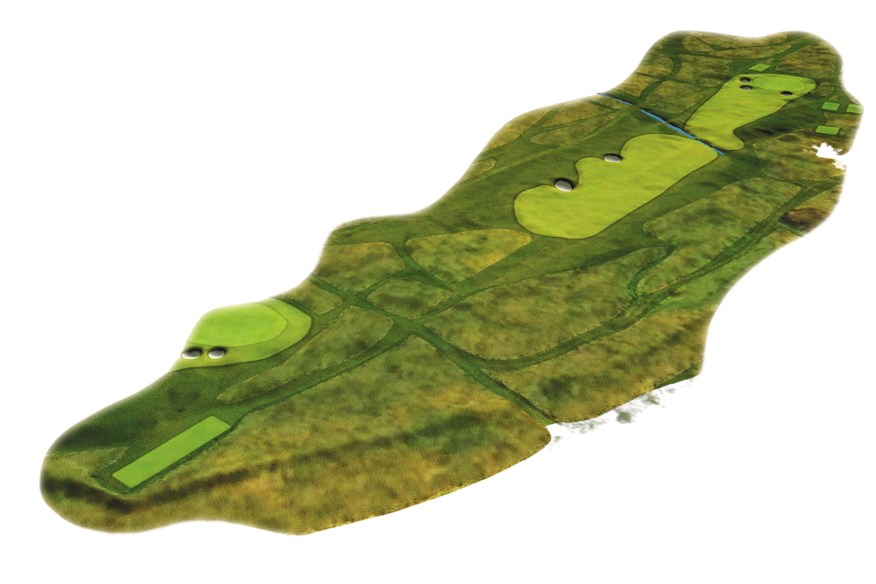
Hole 3: Gyaws
376 yards | Par 4 | Scoring average: 3.966 (15th)
Depending on the wind and overhead conditions, some players may try to clear the burn which cuts across the fairway. On the right-hand side, which is where you want to be, it’s 281 yards to clear it. Then, if you get a kick down the hill, it’s just a chip onto the green. What I would say is that the putting surface is quite difficult. They can put the pin right at the very front, in between the two front bunkers, which is only 10 paces across. The green does slope away from you and will gather towards a back pin, so scoring could vary each day.
We’ve just played the 1st at 370 yards, the 2nd at 389 yards and now the 3rd at 376 yards. You don’t get a start like that on many golf courses. That’s a gift and if you’re not under par, you’re behind the eight ball.
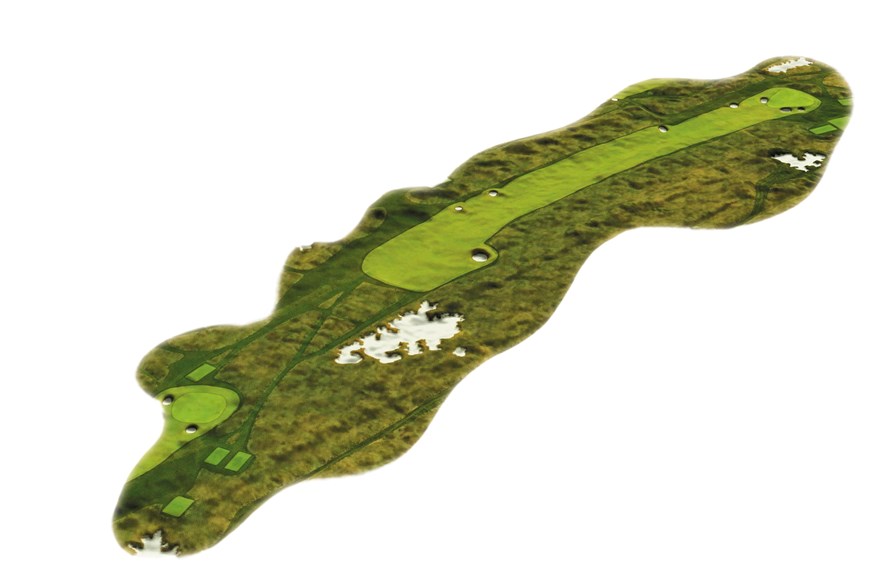
Hole 4: Dunure
599 yards | Par 5 | Scoring average: 4.72 (18th)
The first par 5 on the course. It was the easiest hole, but they’ve lengthened it so much that it’s now 77 yards from the members’ tee. The aim is to keep out of the bunkers on the left, which are dead in play. There is an extremely narrow entrance to the green with about six yards of room to get it between the two front bunkers. It’s a tricky green with a big plateau on the right which then feeds down to the left. The pin positions mean it can be quite difficult to get close, even in three shots.
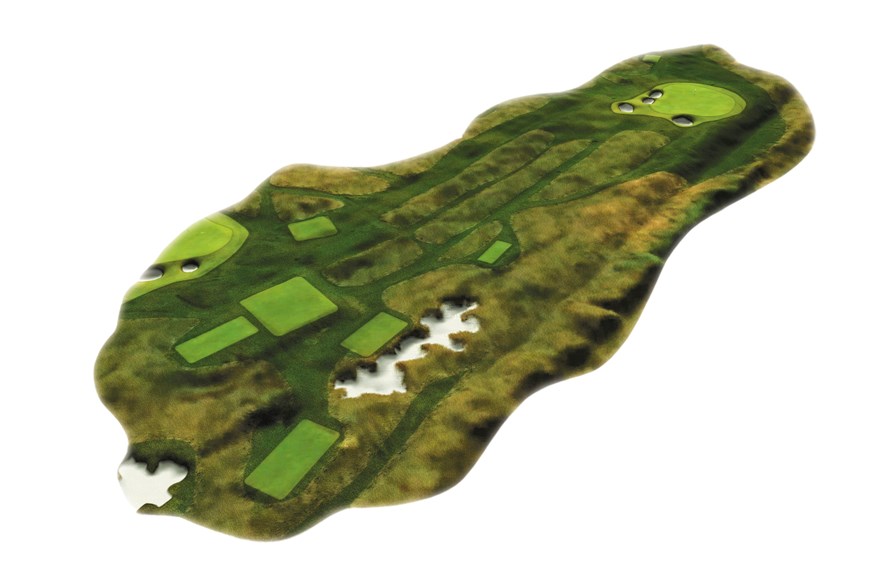
Hole 5: Greenan
220 yards | Par 3 | Scoring average: 4.129 (8th)
Downwind, the difficulty here will be stopping the ball, especially if it’s dry and firm. You’ve got to clear that first bunker at 205 yards. Over the right-hand bunker is always your line because the green slopes from right to left. Anything pulled left will tend to find one of the two bunkers. There are some big run-offs everywhere, especially on the right, which drops down towards the fence protecting the beach. It’s just a very strong par 3.
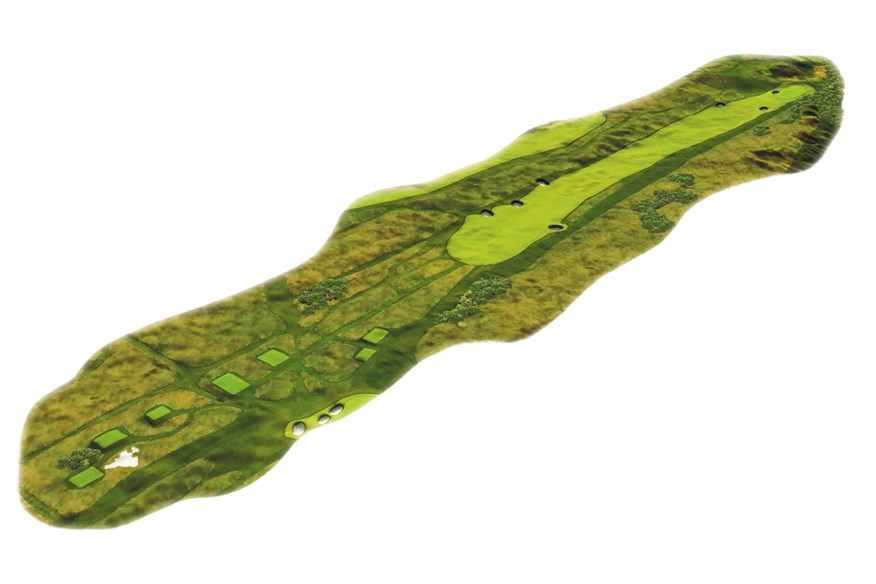
Hole 6: Turnberry
623 yards | Par 5 | Scoring average: 4.934 (16th)
The longest hole on The Open rota now it’s been lengthened. It’s a very tight drive and you want to favour the right side, just inside that first bunker at 300 yards. Anything left will be grabbed by one of the other three bunkers – I’ve been in them many times because the fairway cambers right to left. Apart from the 8th, it’s possibly the narrowest green on the course. It’s long, at 35 yards, but it’s framed by heavy dunes on both sides. There’s also a nasty bunker 20 or 30 yards short on the right, which is just horrible. The drive is key, probably the hardest on the outward nine. It’s gettable but those pins won’t be in the middle of the greens. They’ll be on the corners.
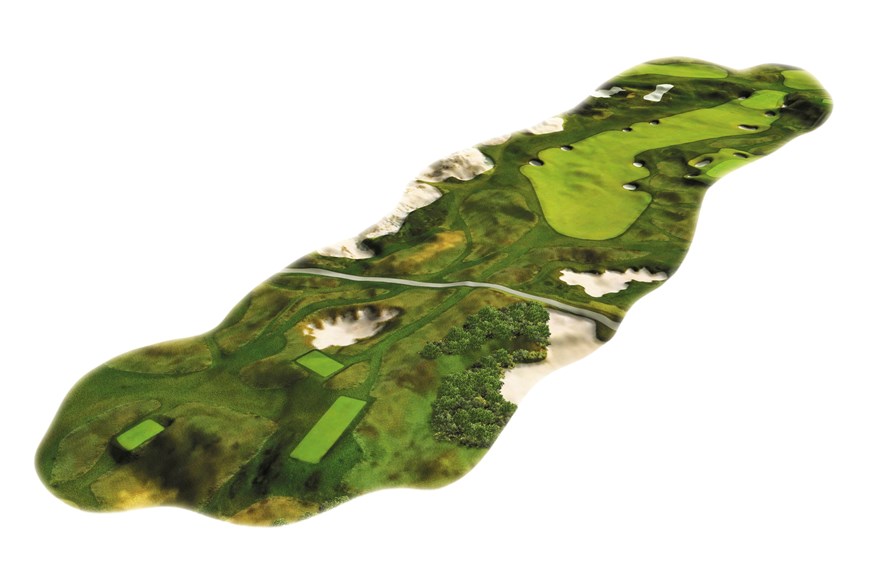
Hole 7: Tel-el-Kebir
403 yards | Par 4 | Scoring average: 3.972 (14th)
The most elevated tee shot on the property, with a hell of a lot of bunkers to avoid. You can lay up, which will leave 150 yards in, or you can go for it and risk finding trouble. The approach shot is very well framed, with the 10th hole behind and the 8th tee on the right. It gets quite busy around there during The Open, so it will be quite the theatre. There’s also a possibility that a few players may look to cut the corner of the dog-leg. If you hook it and the wind is off the right, as it often is, you’re borderline going over the 8th green to get it close. The last 10 yards are very much uphill to another narrow green, flanked by two very horrible bunkers. It’s a sleeper hole, one I don’t often birdie.
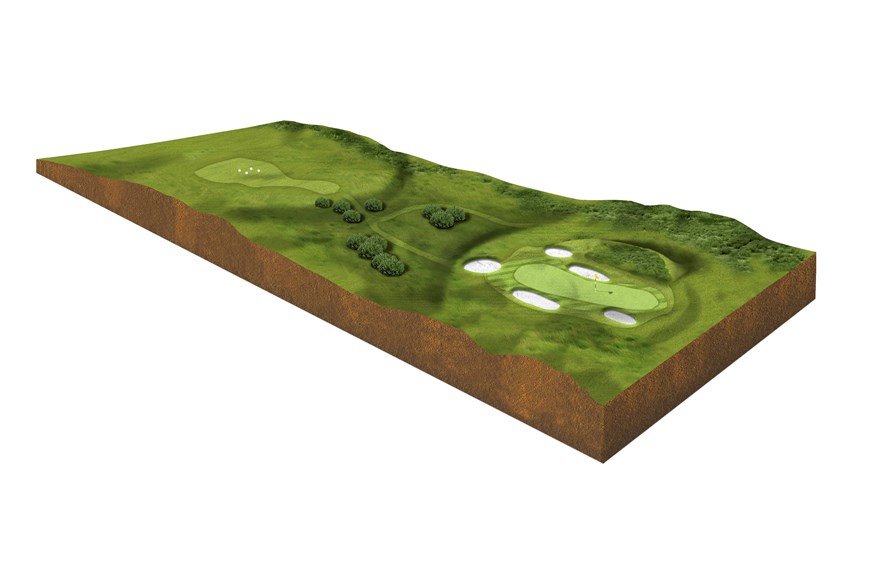
Hole 8: Postage Stamp
123 yards | Par 3 | Scoring average: 3.089 (11th)
If the 8th played in the same direction as the first seven, it would probably be easy. But there’s a 180-degree turn from playing the 7th. Suddenly, you’re hitting your tee shot off the back foot because the wind is into and off the left.
In the back of your mind, you also know that you can make double bogey or worse if you pull it into the coffin bunker – which is aptly named – on the left side. The green slopes hard down to the right which is a big issue if you’re in that bunker. You can’t stop it going over the other side and then you start playing ping pong with the damn thing.
And if they put the pin at the very back, which they tend to do at least twice, it is so narrow. Anything heading towards the pin is a mistake because it’s only eight yards across and six of that is unusable. There is room front left, about 15 yards, so you use that fat part to two-putt and get the hell off!
It is regularly said Troon really bares its teeth from the 11th hole, yet if the elements decree, it often arrives three holes earlier, on the Postage Stamp. So named because the putting surface has been “skimmed down to the size of a Postage Stamp”, it is the shortest – and most devilish – par 3 on any Open course.
“It should be easy,” says Luke Donald, “but you can make a double quite easily.” Tiger shot a 64 in the third round in 1997 to vault into contention, before kissing his hopes goodbye with a triple-bogey six on the 8th. The list of names who have fallen victim to its intricacies is long, getting longer, and yet very few have a bad word to say about it.
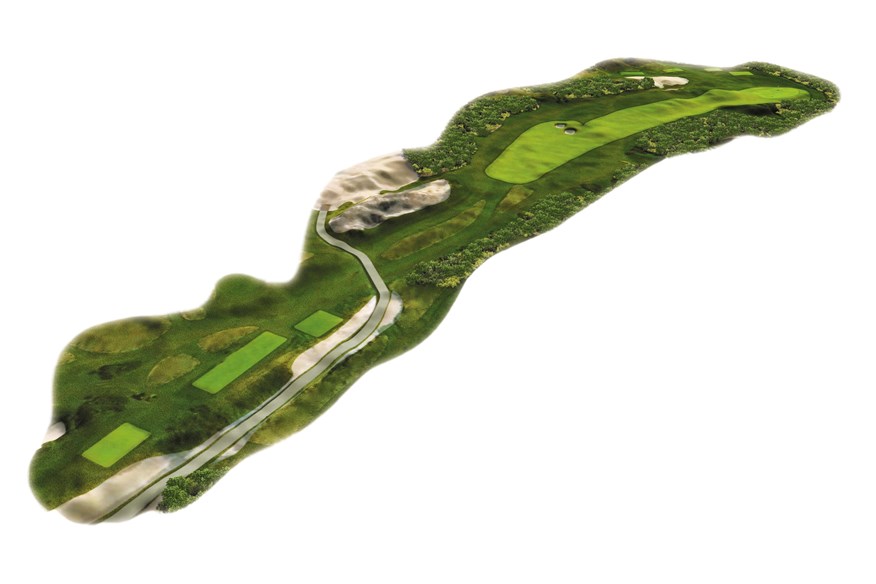
Hole 9: The Monk
440 yards | Par 4 | Scoring average: 4.169 (7th)
This is the start of the stretch, through to 13, where you really need to hang on. Off the tee on 9 you need to miss the bunkers on the left-hand side and keep it right, which leaves a blind second – the first we have on the course. You can just about see the top of the pin on what is a very slopey, two-tiered green. They tend to put the pin back right and there’s a severe slope to get up with run-offs all around. Depending on what you’ve made on the 8th dictates how you play it.
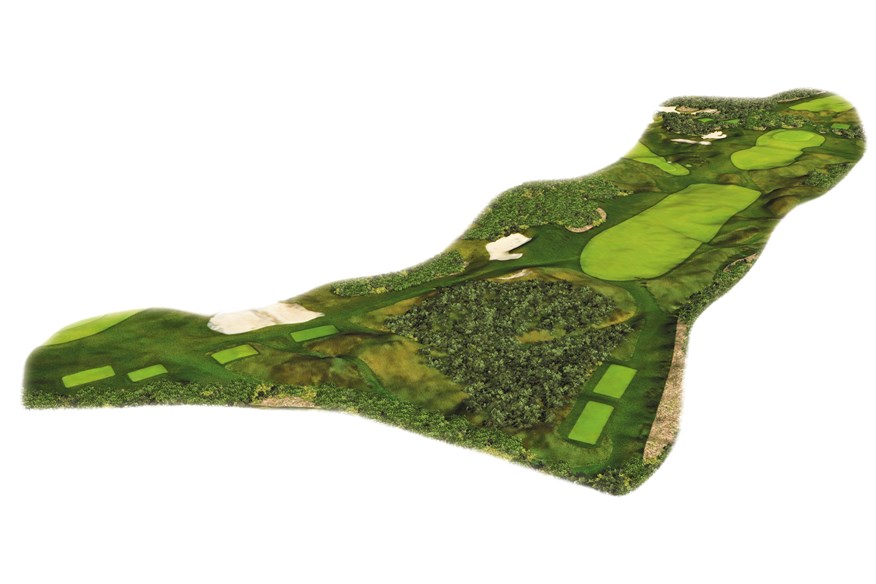
Hole 10: Sandhills
450 yards | Par 4 | Scoring average: 4.369 (3rd)
The front nine is 3,500 yards downwind and yet the back nine is almost 3,900 into wind. If you add 20 yards onto every shot, it plays almost 800 yards longer. It’s very much a game of two halves. You’ve got to make you score going out and hang on all the way back.
On the 10th you’re almost teeing off on the edge of Prestwick airport. If a jumbo comes over, you have to wait for it because you can almost touch the tyres. It’s the furthest point out on the course and it’s a hell of a hole. A severely blind tee shot, back into the breeze, and all you see is large sandhills in your way. If you miss your target, which is easily done, there’s heavy rough on the left and some big hollows and hills with gorse on the right. Normally the second shot is played with a long iron uphill into a very sloping green. You can get up and down from the left, but it’s far more challenging from the right where there’s a really big drop. Always when I make a par on 10, I am delighted.
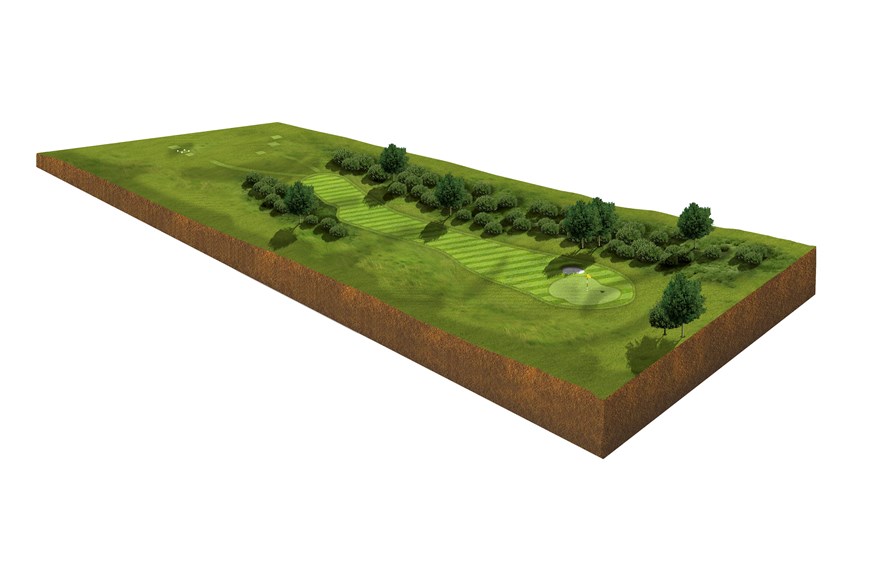
Hole 11: The Railway
498 yards | Par 4 | Scoring average: 4.559 (1st)
I guarantee that 11 will be the hardest hole. It’s usually played into wind and all you can see in front of you from the Championship tee is gorse. It doesn’t invite confidence I can assure you. I’d say 11 is the toughest driving hole in championship golf. You can’t go left or right, otherwise you’re in serious trouble. With the second shot you’re thinking about the out of bounds on the right. The railway line is only a few yards off the green on the right. It’s a dramatic hole and the front left bunker gets a lot of traffic. Most players will be delighted to get in there, giving themselves a chance to get up and down.
The 11th consistently ranks as the hardest hole on the course. A blind tee shot over a sea of gorse is made worse by out of bounds and a railway track running down the entire right side. It was here, during his Open debut in 1962, that Jack Nicklaus took 10 blows via the gorse, a fresh air shot, and that railway line.
Arnold Palmer would later refer to it as the toughest hole in Open golf, while Nicklaus went one better and called it the hardest hole in Britain.
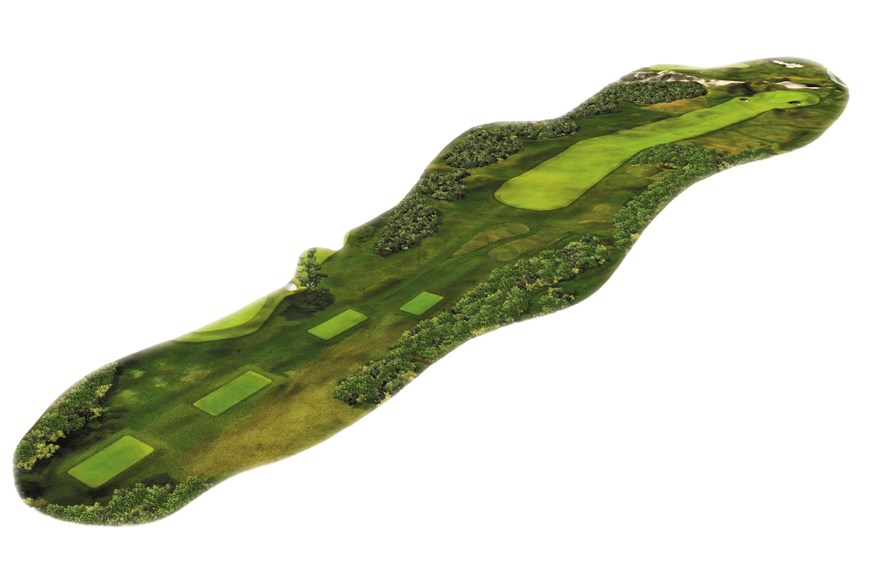
Hole 12: The Fox
451 yards | Par 4 | Scoring average: 4.275 (4th)
Incredibly, this is the shortest par 4 on the course. You’re normally dealing with a right-to-left wind and a fairway which is very narrow. The tee shot plays into a slight gully and right or left is not good. The green is another which is tough to hit in regulation. It slopes towards you and has a little plateau at the back where they like to put the pin. I guarantee it will be there at least three days. But the most important thing is avoiding the bunker on the right-hand side of the green. When MarkCalcavecchia won he was hitting off a bank on the left and then slam dunked it straight into the hole!
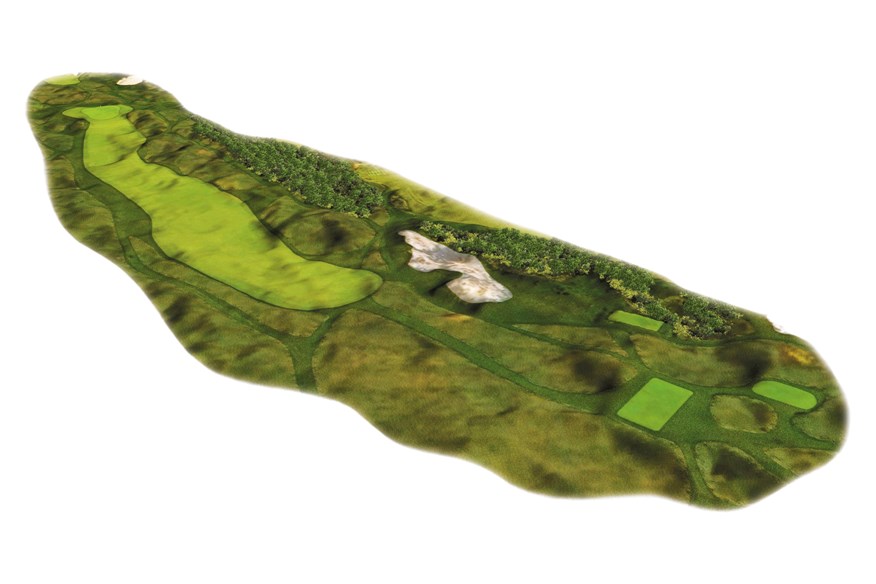
Hole 13: Burmah
473 yards | Par 4 | Scoring average: 4.219 (6th)
The only hole on the course without a bunker. It’s a difficult drive because you need to favour the left side so you don’t run into the humps and hollows on the right. And of course, if you do go there you can’t get the distance because you’ve got to hit the ball up in the air to clear them. There will be a lot of bogeys here – 11, 13 and 15 are particularly strong par 4s. Again, you’re dealing with a narrow entrance to a small green which repels balls down the slope, a bit like the 9th at Augusta. I’d consider it the second hardest hole after the 11th.
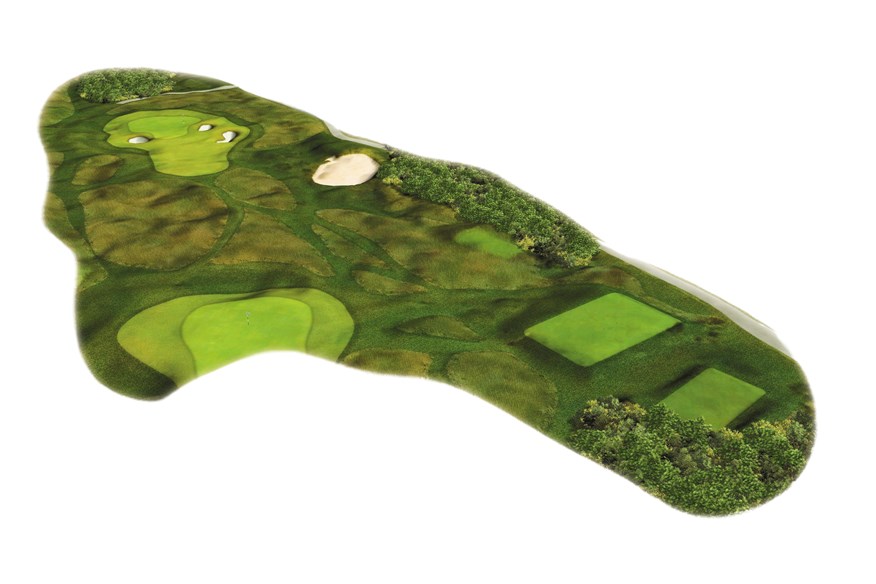
Hole 14: Alton
200 yards | Par 3 | Scoring average: 3.004 (13th)
Apart from 16, this is the easiest hole on the back nine. You’ve got 20 yards of freedom over those bunkers, provided you use enough club. There are humps and hollows all over the place at the back, but at the same time it’s quite a flat surface.
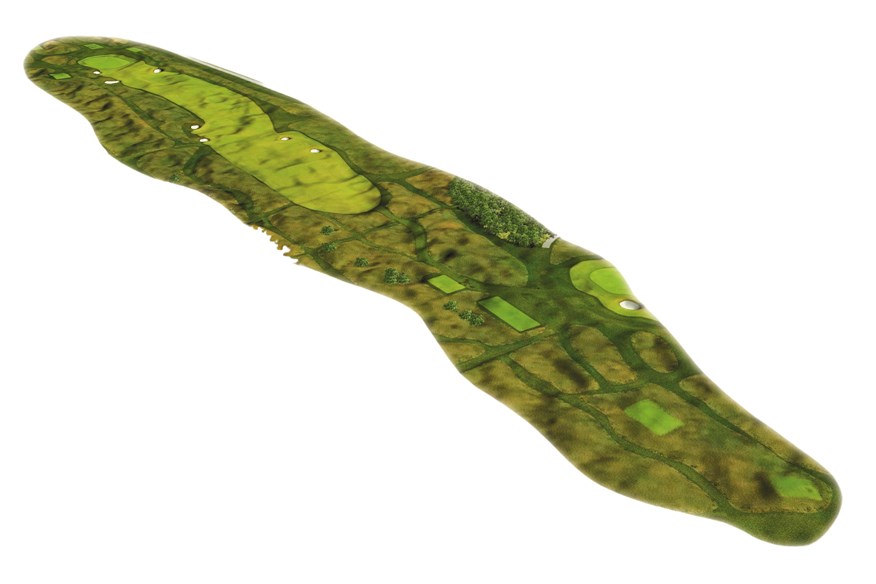
Hole 15: Crosbie
502 yards | Par 4 | Scoring average: 4.403 (2nd)
Another brutal par 4. It’s not too far off 11 actually. It’s another painfully tight drive and anything right feeds into those bunkers. The safe play is to keep it short of the bunker on the left side, which starts at 300 yards. The green sits down in a bowl and you need to get over some big humps, 60 or 70 yards short of it, which isn’t always easy if you’re hitting from the rough. The only nice thing about the hole is that the green is probably the flattest on the entire course.
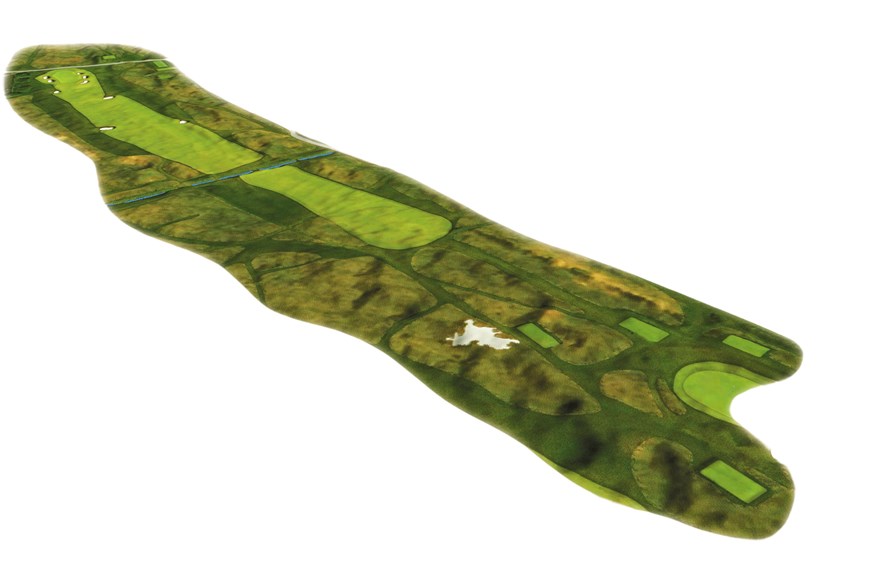
Hole 16: Well
572 yards | Par 5 | Scoring average: 4.813 (17th)
This is where we’re reintroduced to the burn that crosses the 3rd hole. You’re talking 300 yards to clear the burn, something I never attempted. It’s a bit of a shot to nothing to be honest, I don’t know why people do it. Ninety percent will lay-up and then you’ve got half a chance of reaching it from 250 yards into wind. There’s a hell of a lot going on because even if you lay-up, there are bunkers all over the place. There are five strong bunkers around a narrow, two-tiered green, which slopes quite a lot. Avoiding the bunker that is 60 yards short of the green on the right is also key.
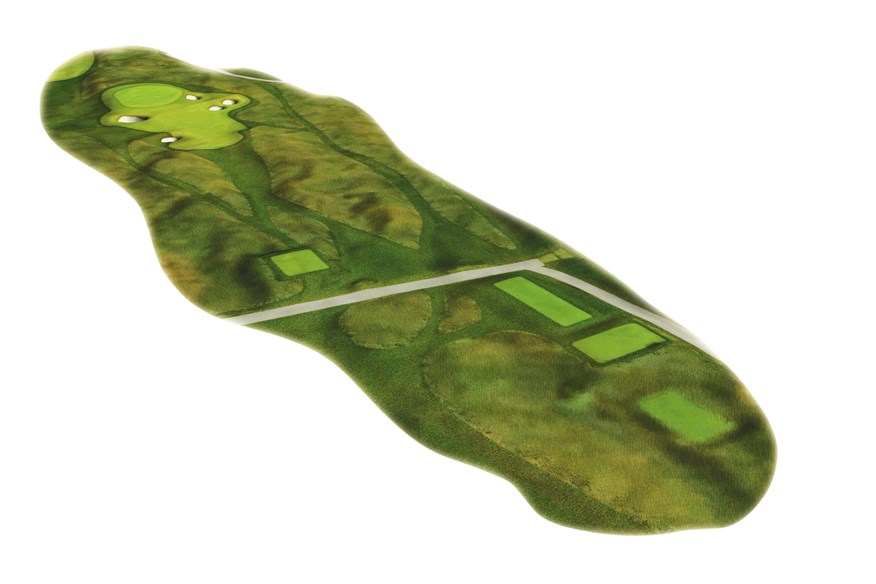
Hole 17: Rabbit
242 yards | Par 3 | Scoring average: 3.234 (5th)
Generally, I don’t like 240-yard par 3s, but this is a great hole. It’s well bunkered on the right because there’s a big run-off on the left, almost onto the 18th walkway. You need to commit with your tee shot and if they put the pin at the back, it could be a 3-wood or driver for some players into wind. I’ve hit driver many times. There are not many birdies here because the green is set quite high. Imagine trying to stop a 3-wood on a plateau green which is quite firm in the summer. No, thank you. I’m getting sweaty thinking about it.
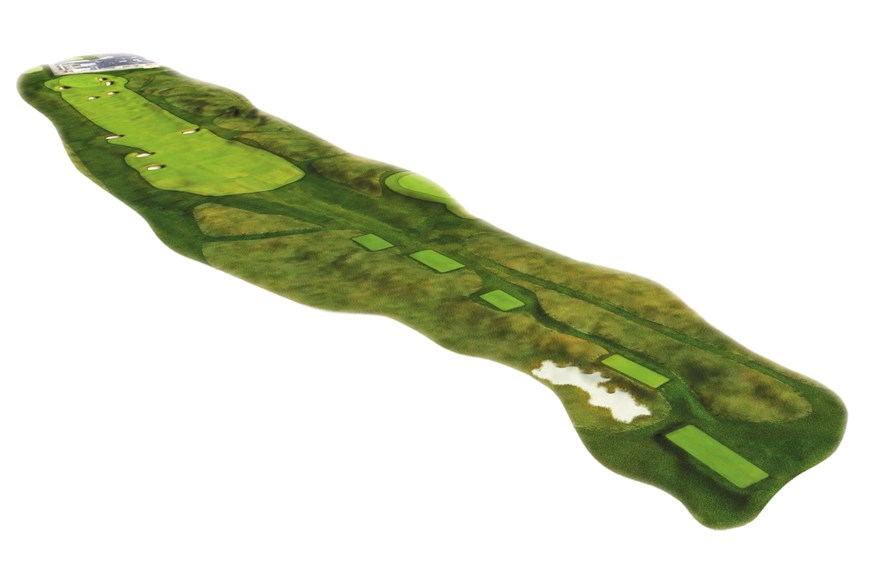
Hole 18: Craigend
458 yards | Par 4 | Scoring average: 4.132 (9th)
Starting from the 17th green, it’s a long way back. From the members’ tee it’s an 85-yard walk back to the house, called Black Rock, which is where the Championship tee is. It’s a very strong finishing hole – we’re not talking St Andrews here where you’re looking at eagle or birdie. This is a par and a half. You want to avoid – as Henrik Stenson was fortunate to do in 2016 – the bunker on the right at 300 yards. You want to stop it just in front because anything left is likely to catch one of the three bunkers over there.
Again, it’s a very narrow green, well-bunkered on the right-hand side especially. They can put the pin front left, which they do on a slope just over the bunker, and that’s a very difficult shot if you miss left. But the two bunkers on the right gobble up a lot of balls. It’s the longest green on the course and two yards over the back is the out of bounds. Greg Norman famously came a cropper after thinning it out of a bunker. It is very severe, especially if you get a flyer from the rough. And if you need a four down the last, my God you’ve earned it!
-
 Troon’s most famous member, Colin Montgomerie, gives a hole-by-hole account of how to get to grips with this year’s Open course.
Troon’s most famous member, Colin Montgomerie, gives a hole-by-hole account of how to get to grips with this year’s Open course.
-
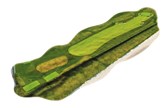 The 1st hole at Royal Troon
The 1st hole at Royal Troon
-
 The 10th hole at Royal Troon
The 10th hole at Royal Troon
-
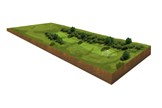 The 11th hole at Royal Troon
The 11th hole at Royal Troon
-
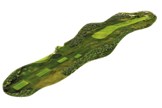 The 12th hole at Royal Troon
The 12th hole at Royal Troon
-
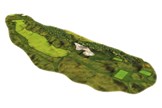 The 13th hole at Royal Troon
The 13th hole at Royal Troon
-
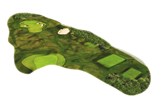 The 14th hole at Royal Troon
The 14th hole at Royal Troon
-
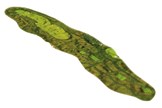 Royal Troon hole 15
Royal Troon hole 15
-
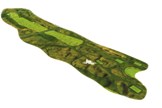 Royal Troon hole 16
Royal Troon hole 16
-
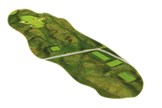 Hole 17 Royal Troon
Hole 17 Royal Troon
-
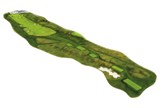 18th hole at Royal Troon
18th hole at Royal Troon
-
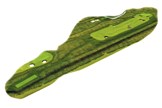 The 2nd hole at Royal Troon
The 2nd hole at Royal Troon
-
 The 3rd hole at Royal Troon
The 3rd hole at Royal Troon
-
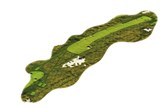 The 4th hole at Royal Troon
The 4th hole at Royal Troon
-
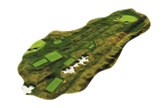 The 5th hole at Royal Troon
The 5th hole at Royal Troon
-
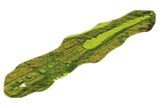 The 6th hole at Royal Troon
The 6th hole at Royal Troon
-
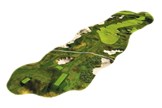 Royal Troon 7th hole
Royal Troon 7th hole
-
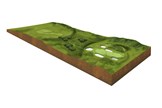 The 8th hole at Royal Troon
The 8th hole at Royal Troon
-
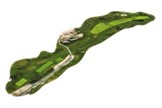 The 9th hole at Royal Troon
The 9th hole at Royal Troon
